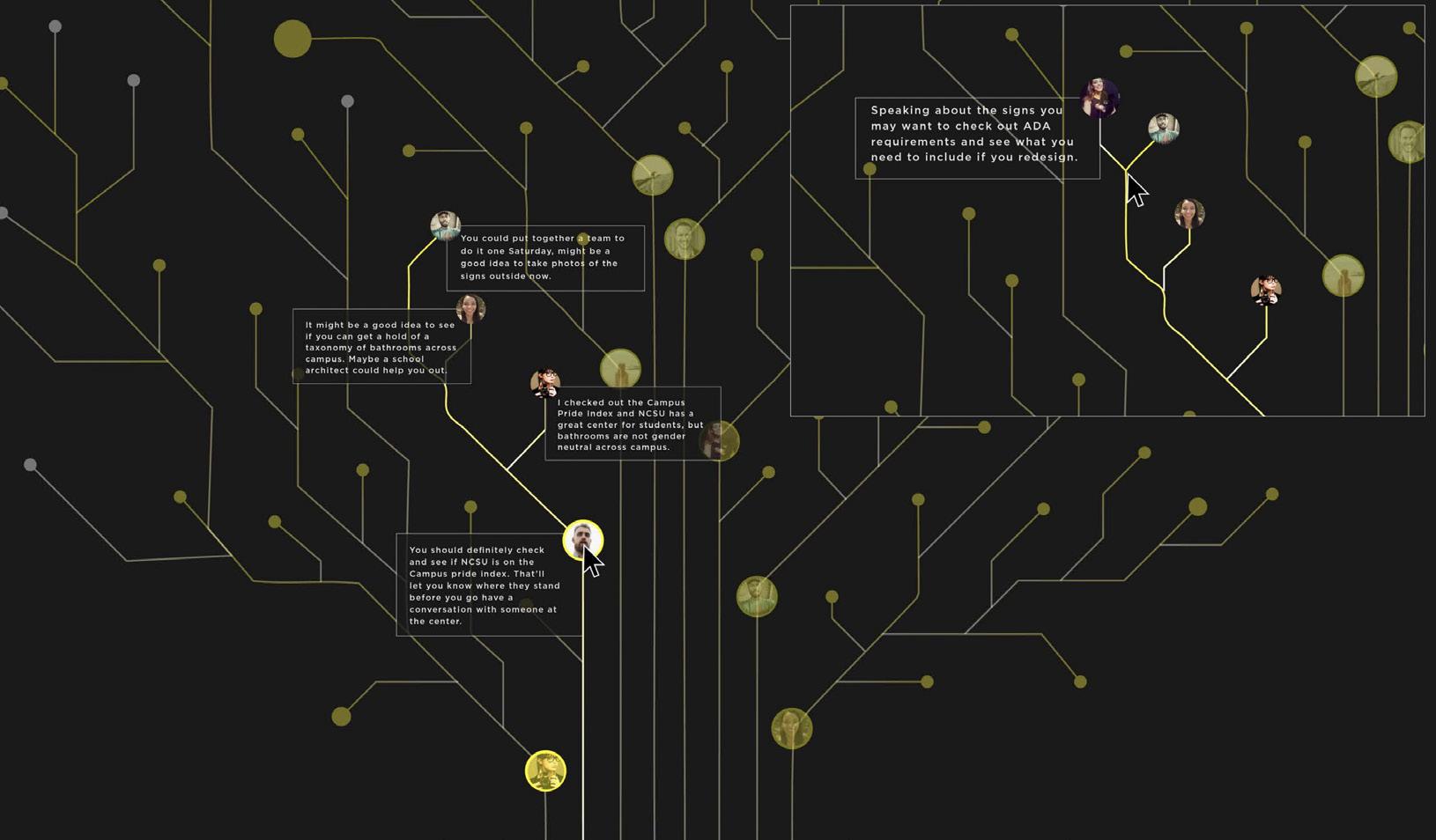
1 minute read
Conceptualize This: Making Picture Books Accessible
How can picture books be made accessible for preschool children with visual impairments to facilitate literacy comprehension and parent-child interactive story reading?
Jessye Holmgren-Sidell MGXD 2018
Picture books can facilitate preschool children’s literacy comprehension and ability to retain information. Through interactive reading with their parents, children begin to internalize the illustrations they see in stories and apply them to real-life experiences. Although picture books offer an array of potential benefits to young readers, they are not a fully inclusive medium for those with visual impairments. Currently, children and their parents have no extensive system that they can apply to existing picture books to make them both accessible and interactive. Using a combination of frameworks and design methods such as interviews with educators, literacy interventionists, and parents, prototyping; and user testing. The investigation demonstrates how picture books can be made accessible for preschool children with visual impairments to facilitate literacy comprehension and parent-child interactive story reading.
To help the child situate characters, the parent tells her about the settings in the book, explaining that the main character lives in a dry barn made of wood and straw. The child picks two material swatches to symbolize these locations and puts them in the play area.
When the parent reads that a character plans to trick another character by hiding an object in a nest, the child uses her character pieces to conceptualize the potential outcome instead of closely examining picture clues.











